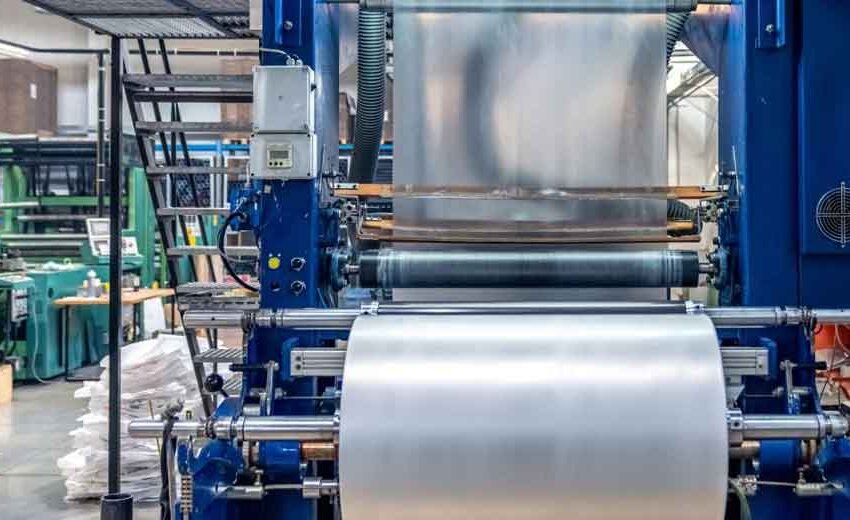What’s Fueling Today’s Plastic Manufacturing Advances

From food wrap to lifesaving implants, plastics shape the modern world, yet few people ever consider the machines that turn raw hydrocarbons or bio-based feedstocks into dependable parts. Today’s plants look less like smoke-stained factories and more like gleaming laboratories. Sensor networks, algorithms, and precision hardware now work together to raise quality, slash waste, and unlock designs once thought impossible.
Smarter Polymerization Vessels
Inside the reaction hall, computer-guided kettles choreograph temperature, pressure, and catalyst dosage within fractions of a second. Laser spectrometers peer through sapphire windows, reporting molecular weight in real time so software can nudge feed valves before defects ever form.
A single centrifugal pump circulates the monomer broth through stainless heat exchangers, smoothing hot spots that once scorched resin walls. Because every variable is logged and modeled, technicians can swap recipes in hours, not days, while still meeting tight tolerances for viscosity, color, and residual catalyst.
High-Precision Extrusion and Additive Manufacturing
After pelletizing, resin flows to extrusion lines where servo-driven screws maintain micron-level control over melt temperature and back-pressure. Induction heaters embrace the barrel directly, trimming energy use and startup time. Vision cameras stationed at the die mouth detect micro-striations, sending corrective pulses to the drive motors instead of stopping the run.
On the frontier, powdered resin bypasses extrusion altogether, feeding large-format 3D printers that fuse layers into complex manifolds at remarkable speed, giving engineers overnight prototypes of parts once requiring custom tooling.
Factory Floors That Think
Robots now trim flash, drill vents, and stack trays with quiet confidence, swapping grippers in seconds. Overhead, a digital twin mirrors every conveyor and chiller in software. When a vibration sensor flags an ailing bearing, the twin models the failure curve and schedules service during the next color change, averting an expensive shutdown.
Edge computers crunch torque, image, and temperature data locally, keeping production steady even if the cloud link falters. The result is a self-aware floor that learns and adapts shift after shift.
Clean Tech for a Circular Future
Sustainability has shifted from promise to mandate. Catalytic depolymerization stations now crack discarded PET back into purified monomers, letting bottles become bottles again without down-cycling. Near-infrared sorters distinguish opaque polypropylene from impostors at belt speeds of two metres per second, sending cleaner bales to reprocessors.
Some plants ferment agricultural waste into bio-succinic acid and spin it into compostable polyesters, while others blend captured carbon dioxide into polyols for soft foams. Each step lowers fossil demand and shrinks the carbon ledger of everyday products.
Conclusion
Whether you zoom in on a reactor valve or zoom out to the plant-wide control room, the technology powering plastic production today is a layered stack of chemistry, code, and conscience. Advances in precision, automation, and circular feedstocks are turning yesterday’s disposable material into a smarter, lighter, and far more responsible partner for modern design.





